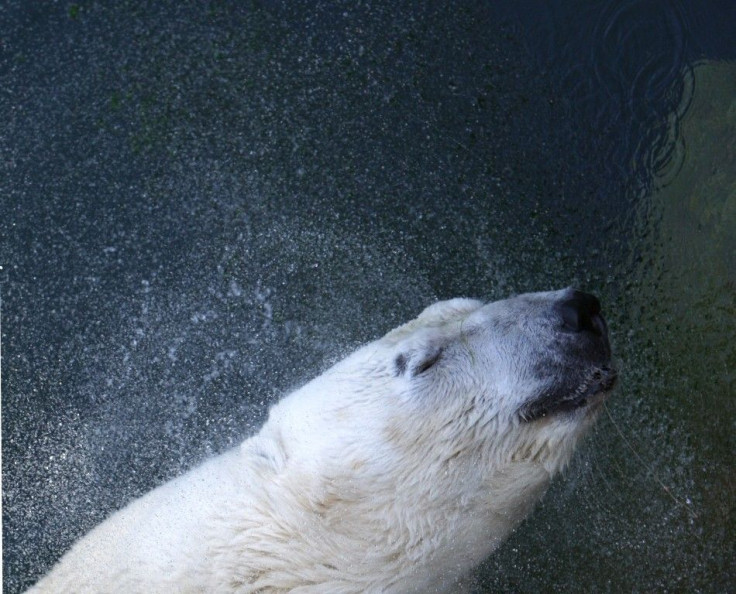Climate Change Stunts Animal and Plant Growth: Study

Climate change is not just decreasing the size of ice in the Antarctic; it also stunts the growth of animal and plant species, a new study has found.
Researchers at the National University of Singapore are contradicting the ancient hypothesis that an increase in CO2 levels fosters the growth of plants and animals, after finding that 45 per cent of species are smaller adults now than they were in the past.
Comparing their results to scientific literature, Jennifer Sheridan and David Bickford, who led the study, found that a rapid increase in temperature and shifts in rainfall patterns could alter habitats and have consequences on the reproductive cycles of certain species.
Over the past two years, researchers have documented the trend. They have also compiled and reviewed other studies and found that as many as 38 animal and plant species, out of a total of 85, have shown a documented decrease in size over decades.
During their research they found during the Palaeocene-Eocene Thermal Maximum (PETM) period -- an intense warming event 55 million years ago -- led to species of beetles, bees, spiders, wasps and ants shrinking between 50 to 75 per cent. The current pace of global warming is far greater, which suggests more species will shrink, as temperatures get warmer.
Because warming is occurring at unprecedented rates, many organisms may not respond or adapt quickly enough, especially those with long generation times, the authors told physicsorg.com in an email.
Birds and mammals including passerines, goshawks, gull, soay sheep, red deer and polar bears, have also seen a considerable decrease in size. Fish too are smaller as a result of the warmer water temperatures and over-fishing.
In plants, the research showed that shoots and fruit are three to 17 percent smaller for every degree Celsius of warming in a number of plants. It is suggested that each degree of warming also trims down the body size of marine invertebrates by 0.5 to four percent and for fish the decrease is six to 22 percent.
Carbon pollution has probably locked in an additional 1.0 C increase in average global temperatures, and continued emissions of greenhouse gases could push up the thermometer another 4.0 to 5.0 C (7.4 to 9.0 F) by the century's end, according to the U.N.'s Intergovernmental Panel on Climate Change (IPCC).
We do not yet know the exact mechanisms involved, or why some organisms are getting smaller while others are unaffected, they added. Until we understand more, we could be risking negative consequences that we can't yet quantify.
Meanwhile, another study in Australia found that climate change could have a severe impact on the earth's natural resources such as food, water and forests.
Climate change will progressively weaken the Earth's life support mechanism, according to Tony McMichael, professor of population health at the Australian National University, Reuters, reported. Health is not just collateral damage on the side, the risk is central and represents a denouement of all the other effects of climate change.
The study found that by 2050, there could be 70 million additional deaths in sub-Saharan Africa alone due to an increase in malnutrition due to a lack of food and water scarcity, and the warmer climates will lead to a greater transmission of diseases.
Many species are already facing a raft of pressures and climate change is creating a new range of additional problems, said Paul Pearce-Kelly, senior curator at London's Zoological Society, Reuters reported.
© Copyright IBTimes 2024. All rights reserved.




















